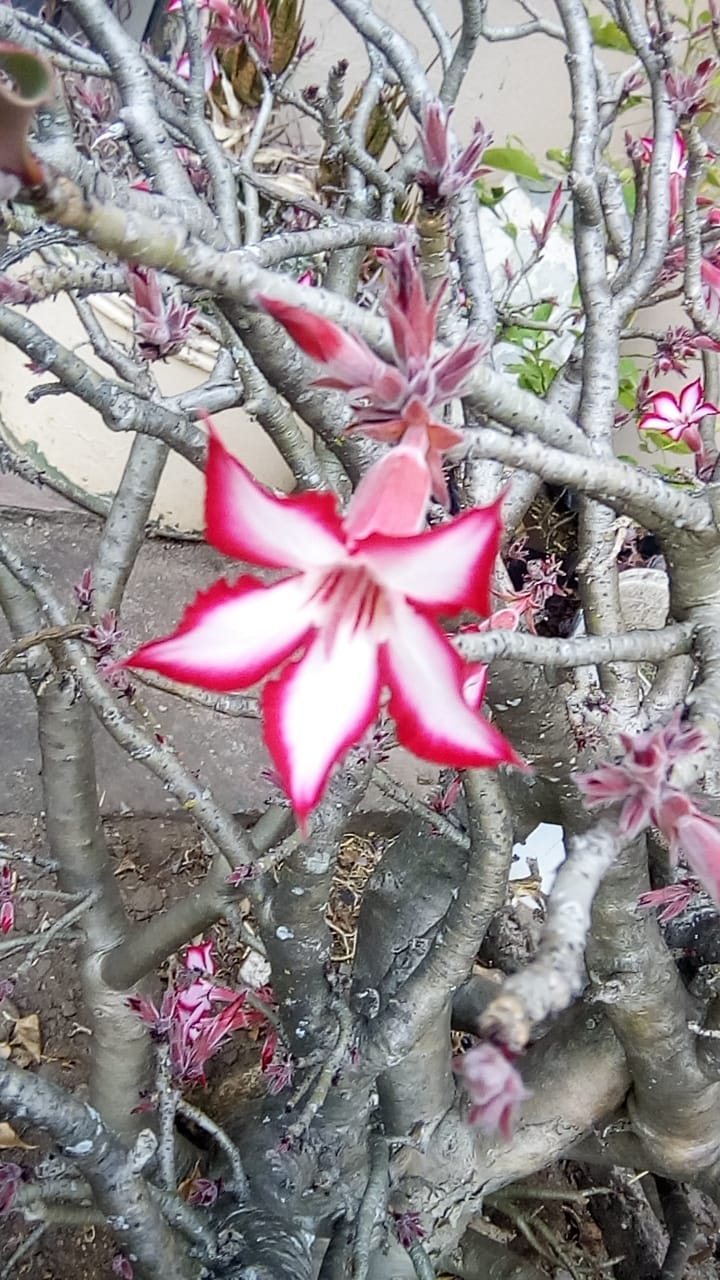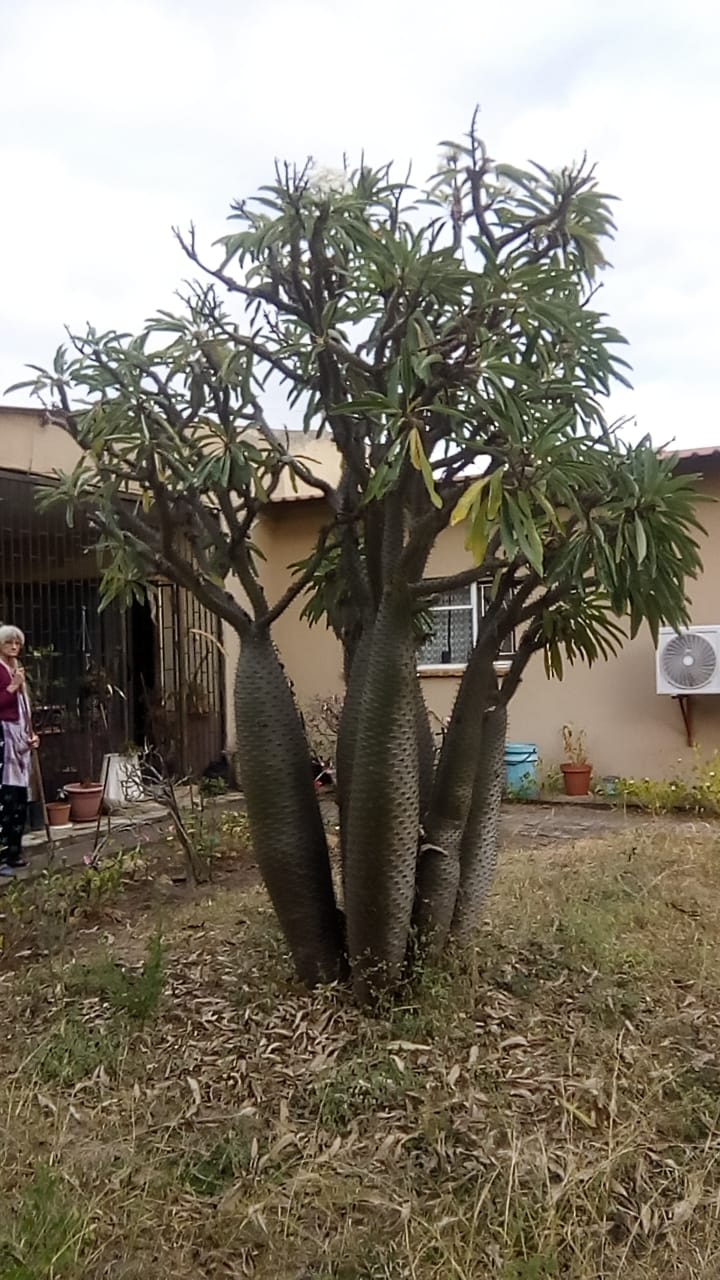Taking a look at some of South Africa's bigger succulents
I suppose when we think about succulents, the first thing that comes to mind is the smaller more manageable succulents that we would associate with a potted collection, but as many succulent enthusiasts might know, succulents and cacti can be a lot more far reaching that that.
Such is the case with some of the outdoor succulents that we have been housing on the farm, these are some of the bigger succulent species, and they are native to South Africa. But even given the fact that they are indigenous, I must say, that these plants are quite impressive specimens, as they are rarely seen as large as these have managed to get over the years.

The first such succulent is this lovely impala lily, which has reached over a meter in height, and although the name suggest that this plant might be a lily, it is very far from that. throughout the year this gorgeous plant remains covered in luscious green foliage, except for winter when it loses all of its leaves and trades them for magnificent pink and white star-like flowers, as you can see in the picture below.

Adenium multiflorum (Impala lily) is not only a gorgeous plant to grow in any garden that would have it, it also has quite the story behind it. This plant was used historically by the San, Koi & Koi/San people as a fish poison, as well as a poisonous dip for their hunting spears.
"The impala lily is known in Africa and southern Africa as a source of fish poison and arrow poison. The poison is prepared from latex in the bark and fleshy parts of the trunk, but it is always used in combination with other poisons. Leaves and flowers are poisonous to goats and cattle, but the plants are sometimes heavily browsed and are not considered to be of much toxicological significance. Despite the toxicity, it is used in medicinal applications and in magic potions."
~Source

The other impressively mammoth succulent in our garden, is of course this 6 headed
Pachypodium or half human as it is commonly known here, which as you can see by its white flowered tips, have reached a very impressive height, and lets not leave the stem girth out either, and just like the impala lily, this impressive plant also has some ethnobotanical value, so much so, that ancient stories about this plant is still told today in South Africa.
The Half Human plant got its nickname because on the horizons of the African landscape, if you have a quick glance at the plant, it can easily resemble the profile of a human standing in the distance, more so, a human with its head always facing to the North. It was said that the heads of the Half Human plant always faced north, because when the Koi/San people were driven from their land in the north by invading Bantu tribes, those who looked back turned into Half Human plants, and as such are forever looking back to the north to the land which they had lost...